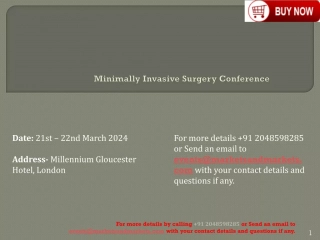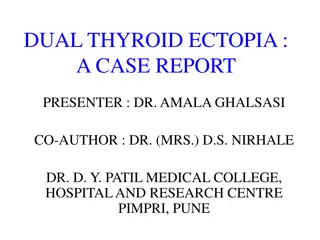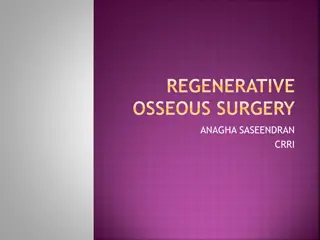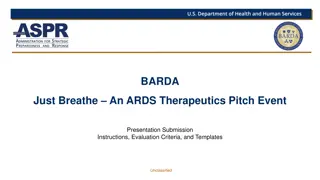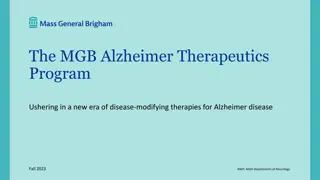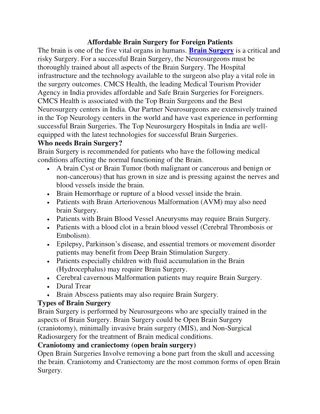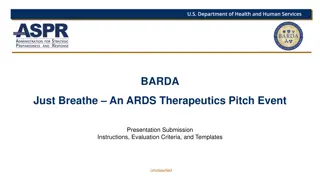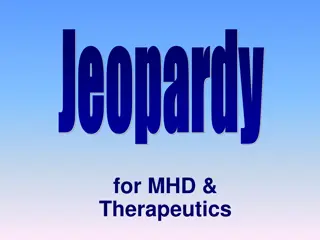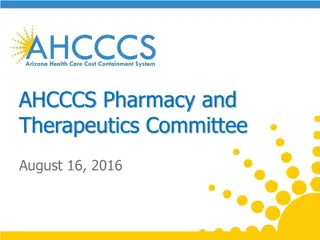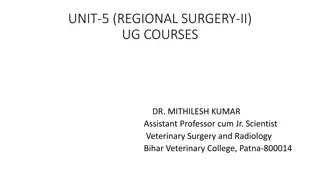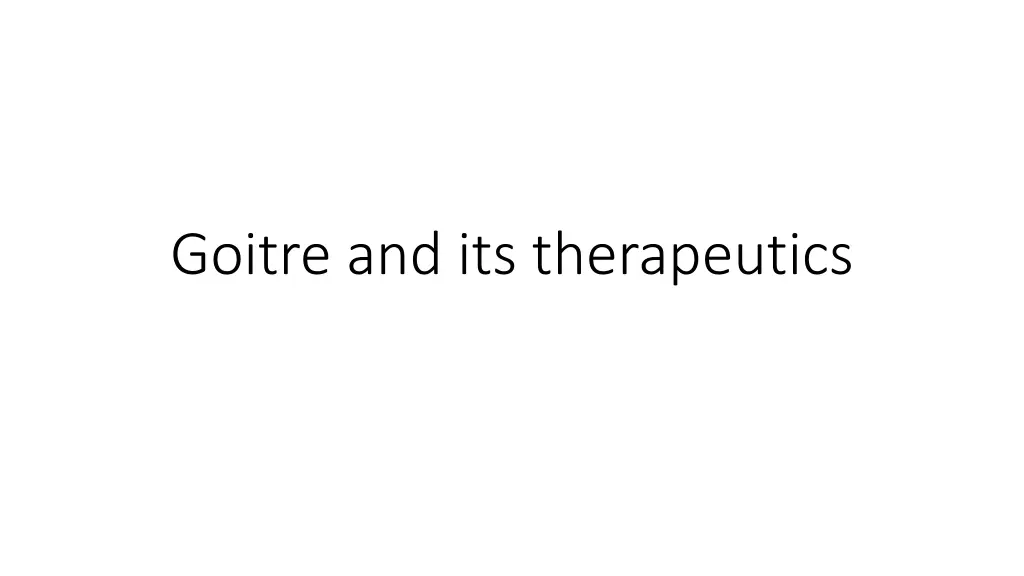
Understanding Goitre and Its Causes
Learn about the causes of goitre, including familial goitre, endemic goitre, enzyme deficiency, goitrogens, physiological factors, and sporadic goitre. Explore the pathological stages of goitre development and the impact of fluctuating TSH levels on the thyroid gland.
Uploaded on | 3 Views
Download Presentation

Please find below an Image/Link to download the presentation.
The content on the website is provided AS IS for your information and personal use only. It may not be sold, licensed, or shared on other websites without obtaining consent from the author. If you encounter any issues during the download, it is possible that the publisher has removed the file from their server.
You are allowed to download the files provided on this website for personal or commercial use, subject to the condition that they are used lawfully. All files are the property of their respective owners.
The content on the website is provided AS IS for your information and personal use only. It may not be sold, licensed, or shared on other websites without obtaining consent from the author.
E N D
Presentation Transcript
GOITRE Aetiology Goitre is formed due to simulation with increased TSH. TSH is increased due to low level of circulating thyroid hormones. Any condition which will lead to decrease in production of thyroid hormones may lead to formation of simple goitre. a) Familial goitre may be seen in families, the inborn error in metabolism is generally inherited as an autosomal recessive gene. There is enzyme deficiency within thyroid gland. This may impare iodine accumulation, oxidation or coupling of iodotyrosine. This leads to formation of decreased level of thyroid hormones which will increase TSH secretion.
It must be remembered that although there is no enzyme deficiency in the thyroid gland and there is adequate iodide in food and water, failure of intestinal absorption may produce iodine deficiency. b) Endemic goitre (iodine deficiency)- Daily requirement of iodine- 0.1- 0.15 mg. In certain places there is very low iodide content in the water and food, due to lack of minimum requirement of iodine leads to formation of reduced levels of thyroid hormones and hence the goitre. Excess ingestion of iodine my develop goitre with thyrotoxicosis and this is known as jodbasedow disease.
c)Enzyme deficiency-similar to familan goitre. d)Goitrogens- there are certain goitrogens which have low iodine content and those who consume such foods may produce such type of goitre I,e cabbage, turnips,kale, brussel , cauliflower, sprouts, certain drugs such as thyocyanate, antithyroid drugs are also goitrogenic. Iodides in large quantities are also goitrogenic as they inhibit the organic binding of iodine to produce iodide goitre . e) physiological- when there is high metabolic demands diffuse hyperplastic goitre may be seen. Such conditions are puberty, pregnancy etc. In these conditions there is more demand of thyroid hormones than normal and if the thyroid gland fails to rise to the occasion, excessive TSH secretion will lead to this type of goitre. f) sporadic goitre- no definite cause.
PATHOLOGY PATHOLOGY lobules are composed of active follicles due to TSH stimulation (stage of diffuse hyperplasia) 1ststage Stage of involution forming large follicles filled with colloid. if This conditions continues I,e 3rdstage In 3rdstage the glands enlarges to an enormous extent which is known as colloid goitre.
Sometimes due to fluctuating TSH levels mixed pattern develops with areas of active lobules and areas of inactive lobules. Inactive lobules gradually coalesce to form multinodular structure. There may be haemorrhage or necrosis involving such nodules. Most of these nodules are inactive, but scattered between the nodules are areas of normal thyroid tissue and focal areas of lymphocytic infiltration.
DIFFUSE GOITRE DIFFUSE GOITRE Clinical features- females are more often affected in the ration of about 9:1 The age incidence varies but the condition usually starts in the teenagers, but patients may come to clinic with multinodular goitre, nodular goitre or colloid goitre in middle ages. If history of goitre and hypothyroidism starts from early childhood some inherited defect may be present. A family history is important in these cases. A deaf and goitrous patient since infancy is known as pendreds syndrome.
NODULAR GOITRE NODULAR GOITRE Patients are usually females and in their late thirties or forties. On examination the nodules may be palpable which are usually multiple. The nodules are usually colloid, cystic, degenerative, haemorrhagic or may form cacification.
COLLOID GOITRE COLLOID GOITRE The patients are usually above 25 years of age, but occasionally patients may be seen with colloid goitre in their late teens. On palpation there is diffuse swelling of the thyroid gland which is quite soft. One must palpate the common carotid artery and the trachea for pressure effect. Enquiry must be made regarding dysphagia i.e pressure effect on the esophagus. Hardly there is any neurological involvement of recurrent laryngeal nerve or in the form of horners syndrome.
COMPLICATIONS- This is particularly concerned in case of nodular goitre and colloid goitre. a) Secondary thyrotoxicosis b) Tracheal obstruction c) Carcinoma Investigation- i. Assessment of thyroid function ii. Straight x ray of the neck and chest may show tracheal deviation or compression and sometimes calcification of the goitre. iii. Barium swallow x ray is indicated only if the patient complaints of dysphagia.
BELLADONNA Deadly nightshade Action- 1-7 days Thermals chilly Seat of action- brain, nerve centers, mucous membranes, blood vessels, glands, eyes, right side, throat, cvs. PHYSIOLOGICAL ACTION It acts on mucous membrane of the eyes, mouth, throat, urinary organs causing suppression of secretions.
Belladonna excites the mental state, hyperesthesia of all senses, restless sleep, dryness of mouth and throat with an aversion to water. SYMPTOMS This is unquestionably the most important remedy corresponding to vascular engorgement, fever and nervous irritability so condition in the disease. The glands are swollen, hot and red and sensitive to pressure, worse on the right side. The pain are flying and lancinationg and extend to ear. It is also helpful when the swelling suddenly subsides and followed by throbbing headache and delirium.
RHUS TOX RHUS TOX POISON OAK ACTION- 1-7 days Very chilly patient Pathophysiology It acts on the lymphatic glands causing generalised inflammation.
SYMPTOMS Rhus corresponds to dark red swelling with tendency to erysiplelatous inflammation and typhoid conditions. There is much aching in the limbs the patient is restless and the symptoms are worse at night. It is best suited in secondary parotitis. The left sided will be more affected.
MERCURIUS Quick silver Action- 1-3 days King of antisyphilitic PATHOPHYSIOLOGY Metal by itself is enert but by combining with the acids and other fluids of the body it is converted into a highly poisonous material. It enters blood circulation and produces many functional and destructive changes in organs, tissue and blood. It acts upon salivary glands producing excessive salivation in the mouth due to inflammation of the salivary glands and in some cases the whole thing may turn gangrenous.
SYMPTOMS SYMPTOMS It has specific action on salivary glands. There is slight fever and it is useful in later stages. The special symptoms are tenderness, salivation offensive breath and threatening suppuration.
LACHESIS corresponds to left sided mumps with purplish swelling and aggravation after sleep. Pilocarpine muriate 3x what burnette terms in his big shot in mumps it seems to affects especially the parotid glands. Conium is indicated by excessive hardness and swelling.
HOMOEOPATHIC THERAPEUTICS FOR GOITRE HOMOEOPATHIC THERAPEUTICS FOR GOITRE IODIUM It is very useful remedy for the affections of the glandular system of the body. Hypertrophy runs throughout this remedy. There is enlargement of glands except the mammary glands. Mammae dwindle while all the other glands become enlarged, nodular and hard. An enlarged thyroid gland particularly associated with hyperthyroidism indicated iodium.
CALCAREA CARB CALCAREA CARB Calcarea carb is usually indicated when the patient suffers from hypothyroidism. This remedy is helpful in cases of goitre where thyroid gland is enlarged but underactive with a slowed down metabolism. For using calcarea carb in goitre the hallmark symptom is sluggishness of all body functions. Tiredness, slowness on the mental and physical plane are marked. A person who needs prescribing calcarea carb is fat, obese and goes on gaining weight even with a normal appetite.
Chilliness with marked intolerance to cold. Women suffering from goitre having profuse and prolonged menstrual cycles are ideal candidates for using calcarea carb. The constitutional symptoms that are important to look out for the scalp, craving for eggs and indigestible things such as chalk, lime and pencils and aversion to fatty food.
NATRUM MUR Natrum mur is rated among the most effective constitutional medicines for goitre. Natrum mur works best in reserved,introvery personalities that are prone to depression, weeping spells and feeling loneliness. Irritability, restlessness and nervousness are high amoung such subjects. Physically they appear emaciated, with the neck showing maximum thinnin. Natrum mur is quite successful in dealing with tachycardia and palpitations due to goitre as well. Natrum mur works as one of the most reliable medicines for goitre and can help regulate irregular periods.
Fucus vesiculosus and lycopus Highly effective medicine in goitre. It yields excellent results in obese persons suffering from enlarged thyroid gland (goitre). This medicine is most effective for goitre of non toxic goitre. Lycopus recommended for toxic goitre.
Spongia Spongia toasta toasta Spongia is indicated when the patient suffers from goitre with suffocative episodes appearing from time to time. Dry tickling cough in goitre patients can also be managed well with medicine spongia.

